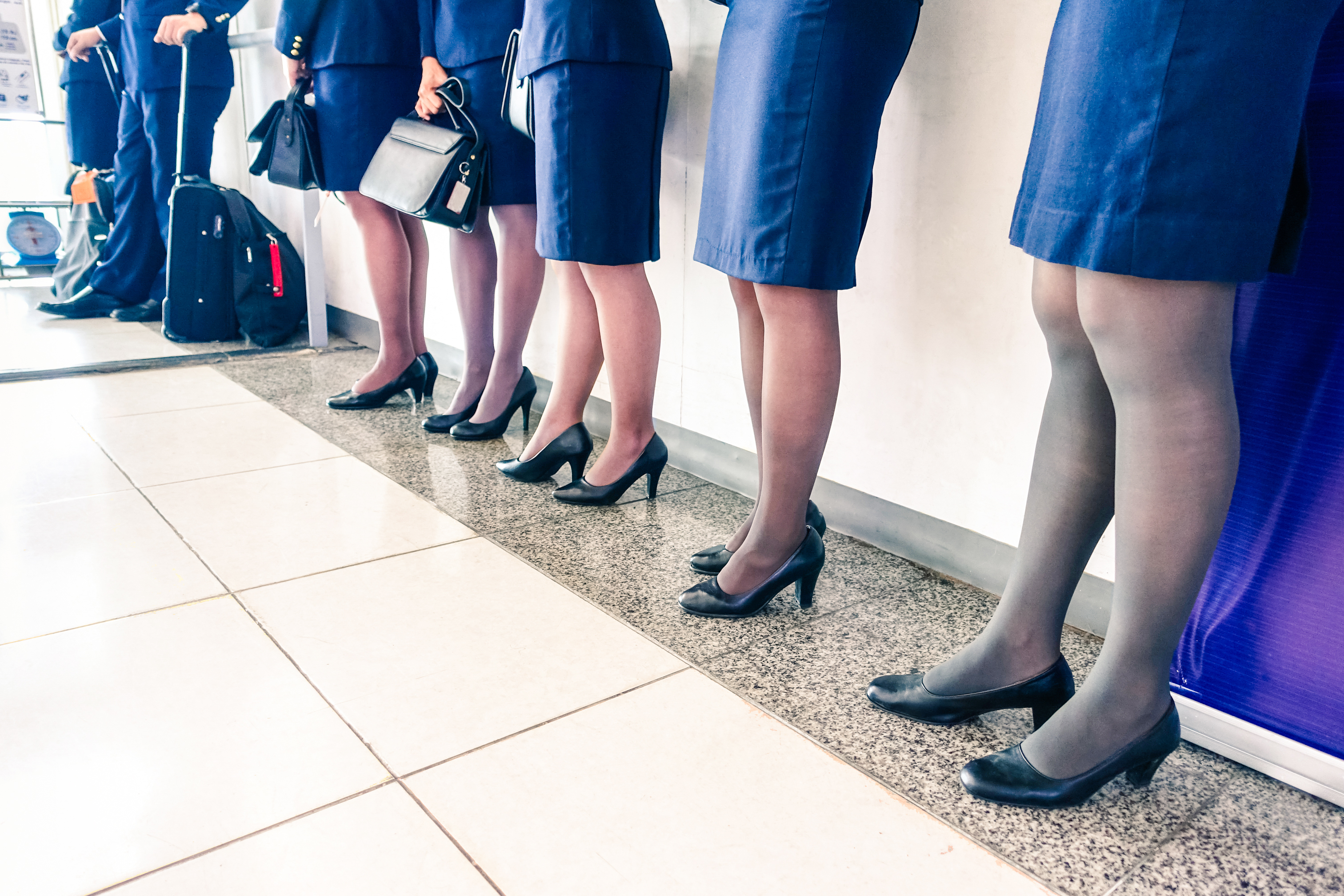All employees dream of working for a company that prioritizes their welfare. As Virgin founder, Richard Branson once famously said, “Put your staff first, customers second, and shareholders third.” His philosophy is simple: keep employees happy as they are an organization’s keys to success. They are more likely to be enthusiastic and passionate to work than employees who feel unappreciated by their employers.
Below are four companies that became renowned for their pro-employee policies and impressive efforts to put their employees first.
Adobe: More Trust than Micromanaging
Many job seekers aim to get into Adobe, the first company in Silicon Valley to turn in profits by the end of its first year, because of its inclusive and community-centric corporate culture. #AdobeLife on social media shows how employees go about their days: free coffee, a trendy office, free seminars, and freedom to choose your work spot for the day.
The company also scrapped its standard annual appraisal process and replaced it with an innovative quarterly “check-in” process between employees and managers. Employees get to discuss their current roles, and managers help in their case management and career mapping.
Adobe is famous for not micromanaging its employees. They enjoy the freedom to carry out their responsibilities, and it is a culture that’s paying off beautifully for the company. Unsurprisingly, Forbes ranked Adobe as the No.1 Best Employer for New Graduates in 2018.
Southwest Airlines: Profit-Sharing with Employees

It’s rare for a company to share its profits with all of its employees. The common practice is employees receive a fixed year-end bonus while the board members and investors get the largest share of the profits.
For 44 years, Southern Airlines proved that making employees co-owners of a company is an excellent way to gain their loyalty. Herb Kelleher, Southern Airlines’ founder, introduced a profit-sharing policy in 1973. In 2016, the company disbursed $620 million worth of profit shares to its employees; and last year, each of its 54,000 employees received an extra six weeks’ worth of pay.
Profit sharing inspires employees to work hard and work with the company to earn higher profits because they get their rewards at the end of each year.
Facebook APAC: Work-Life Flexibility
Facebook’s office in the Asia-Pacific invests in its employees. It believes in work-life flexibility, which is about making employees’ lives easy, so they’re free to do the work they love, as opposed to work-life balance which suggests alternately prioritizing work and personal life.
Facebook APAC employees get comfortable and flexible offices, leisure lounges, complimentary food and drinks (at their request, too), and a dedicated room for working and visiting mothers. These perks come with the trust that the employees will develop a stronger sense of ownership of their work.
OCBC Bank: Employee Resource Groups
Orient Commercial Joint Stock Bank of Vietnam caught the eyes of HR professionals when it raised its employees’ work-life balance satisfaction scores from 60 percent in 2010 to 72 percent in 2015. Jacinta Low, the bank’s Head of HR Planning, says its implementation of Employee Resource Groups or ERGs contributed a lot to this development.
The ERGs were an initiative that aimed to bring together and provide a safe platform for employees of similar backgrounds and experiences. The bank formed ERGs for employees with teenage kids; employees with special-needs children; single parents, and employees who cared for their elderly family and relatives. The ERGs became support groups that helped employees through difficult times.
By putting their employees first, these companies won their people’s trust and loyalty. Their workforce became more dedicated to improve and be of greater help to their companies. Employers and HR departments can gain a lot by following their examples.

